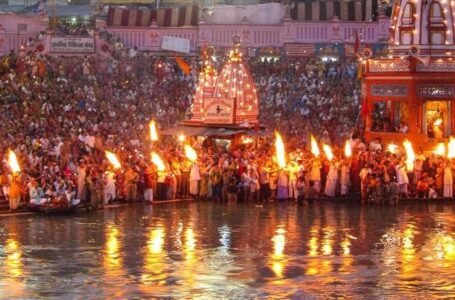Sadh Belo Temple: A Sacred Island in Sukkur, Pakistan
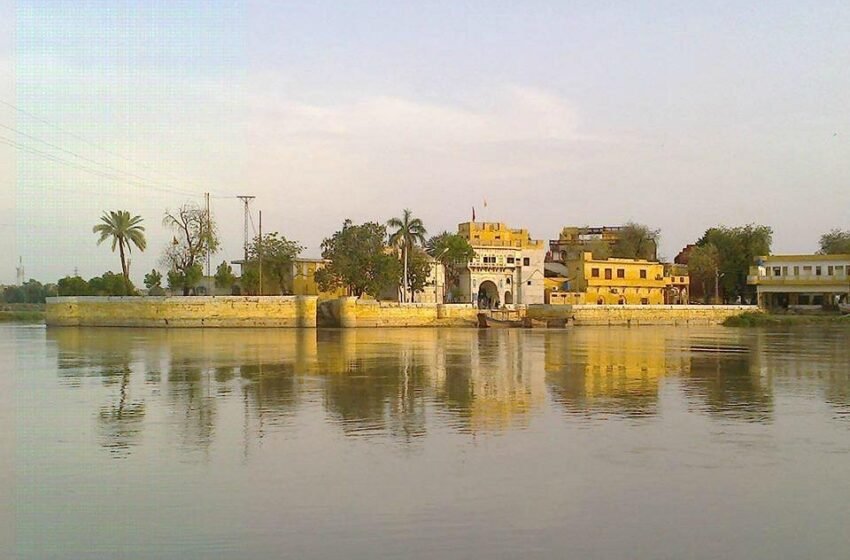
A Timeless Sanctuary The Sadh Belo Temple, also known as Sadh Bela, stands as a beacon of spirituality on an island in the Indus River near Sukkur, Sindh, Pakistan. This revered Hindu temple complex has witnessed centuries of devotion, legends, and architectural marvels. Let us light on a journey through its history, rituals, and sacred significance.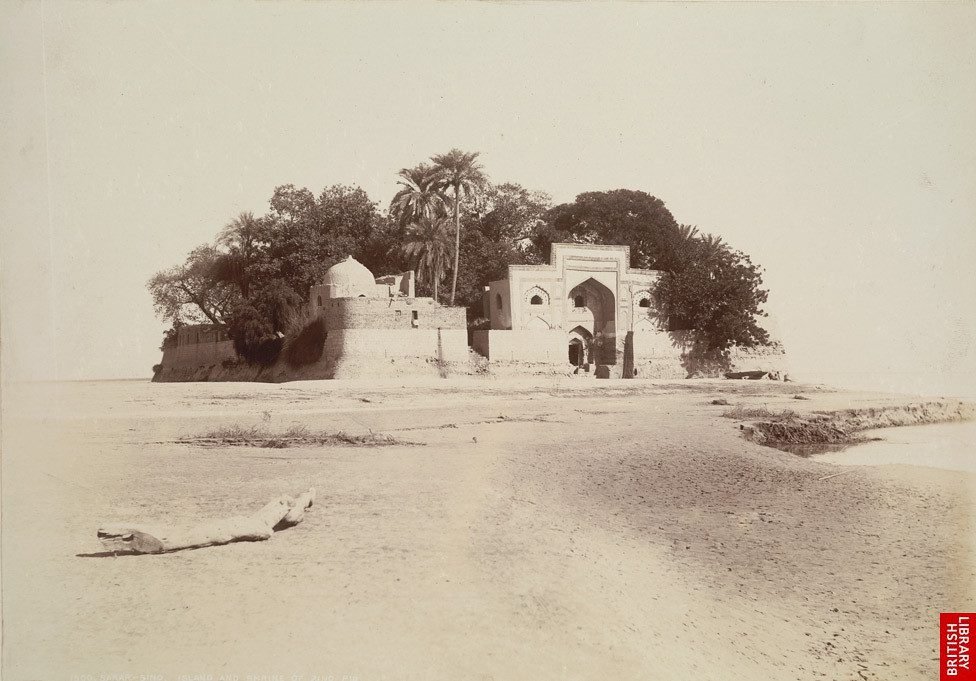
Once known as Menak Parbat, the island was a dense forest, in the early 19th century, an Udasi saint named Baba Bankhandi Maharaj settled here. His spiritual presence transformed the island into a place of reverence. Baba Bankhandi Maharaj, Born as Balchand Sharma, Baba Bankhandi Maharaj arrived in Sindh in 1823. He chose the forested island as his abode, becoming known as the sage of the woods. His spiritual journey and teachings attracted devotees from far and wide.
The temples at Sadh Belo are associated with the Udasi movement, a syncretic blend of Sikhism and Hinduism, Udasis follow the teachings of Sri Chand Baba, the elder son of Guru Nanak Dev Ji (founder of Sikhism). Bankhandi Maharaj’s Legacy, Baba Bankhandi Maharaj founded Sadh Belo in 1823 his spiritual wisdom transcended religious boundaries, attracting both Hindus and Sikhs. The island became a centre for meditation, learning, and devotion. The name Sadh Belo means “the woods of the sage”. It reflects the spiritual aura of the island, where nature and devotion intertwine. Some sources suggest that Sadh Belo is named after an Arab commander named “Saeed”, His occupation and presence on the island may have left an indelible mark. Downstream from Bukkur Sadh Belo lies downstream from Bukkur Island. The short stretch of river separates the two islands, The temple complex sits on the River Indus, flowing between Rohri and Sukkur. The interconnected islands—Sadh Belo and Deen Belo—form the spiritual heart of the site. Baba Bankhandi Maharaj’s spiritual legacy permeates Sadh Belo; his arrival in 1823 marked the island’s transformation into a sacred abode. Sadh Belo houses the biggest Hindu temple in Pakistan. Pilgrims visit during festivals like Shivratri and the Bankhandi Maharaj Mela.
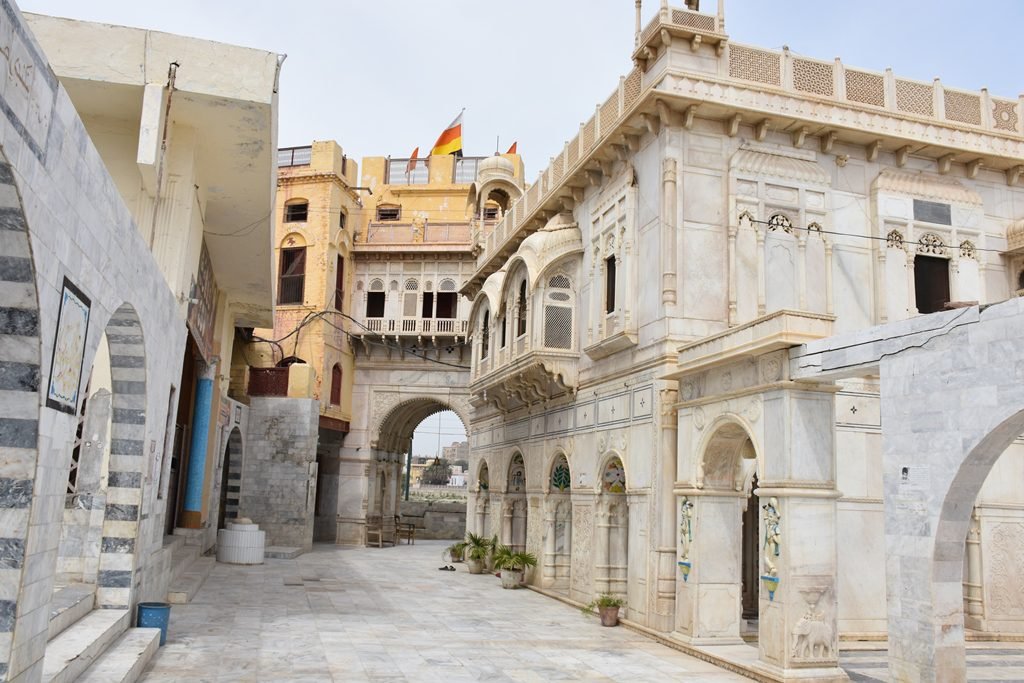
The complex features nine temples dedicated to various deities, Each temple resonates with devotion and architectural splendour Sadh Belo offers a library for spiritual seekers. Pilgrims dine in the dining area, nourishing both body and soul. Rooms and residences accommodate monks and visitors. Spiritual retreats unfold amidst the island’s tranquillity, Devotees gather here to seek blessings, perform rituals, and immerse themselves in devotion.
Sadh Belo follows the Panchayatana tradition, which involves the worship of five deities:
Shiva
Vishnu
Surya (the sun god)
Durga (the divine mother)
Ganesha (the elephant-headed god)
The temple complex also reveres Baba Bankhandi Maharaj, an Udasi saint who settled on the island in 1823. His spiritual presence and teachings continue to inspire pilgrims Rituals During Festivals at Sadh Belo Temple.
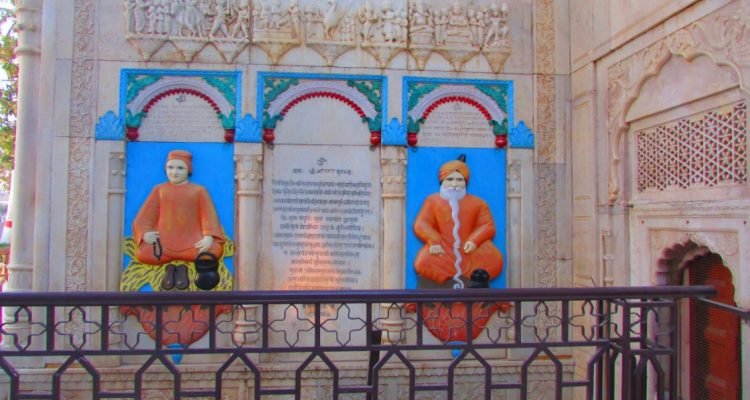
This festival commemorates the death anniversary of Baba Bankhandi Maharaj, the revered sage who founded Sadh Belo, Devotees gather to pay homage to his spiritual legacy. Sweets, food, and chilled milk are distributed among the people. Pilgrims walk the island’s paths, reflecting on their faith and inner journey The temple complex becomes a hub of devotion, where prayers echo across the waters of the Indus.
In 1823, a 15-year-old spiritual seeker named Balchand Sharma arrived in Sindh. He settled on the forested island, which was then called Menak Parbat, His spiritual presence transformed the island into a place of reverence, and he became known as the sage of the woods. Baba Bankhandi Maharaj performed many miracles during his stay. He healed the sick, blessed devotees, and brought solace to those who sought him, His spiritual wisdom transcended religious boundaries, attracting both Hindus and Sikhs. Baba Bankhandi had many disciples who succeeded him as the mahant or custodian of the place. Notable among them were Swami Achal Prasad, Swami Mohan Das, and Swami Harnarain Das Udasin.
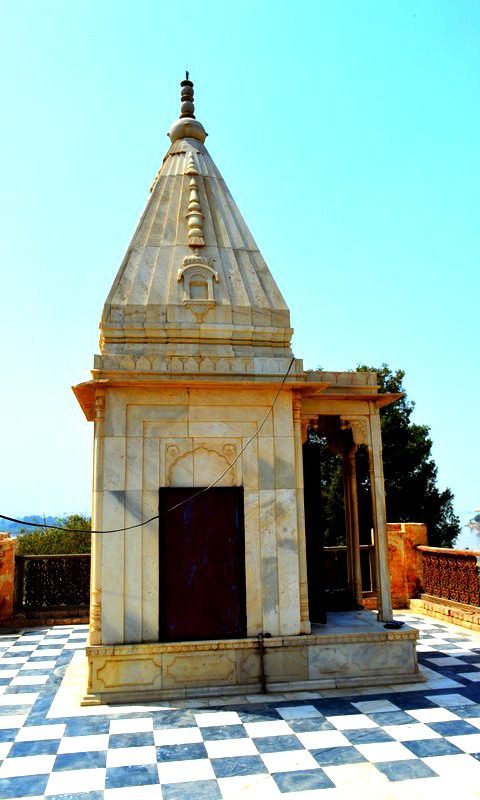
The legacy of Baba Bankhandi Maharaj at the Sadh Belo Temple has had a profound impact on interfaith relations in the region. Let’s explore how his spiritual presence and teachings have fostered understanding and harmony:
In 1823, a 15-year-old spiritual seeker named Baba Bankhandi Maharaj arrived in Sindh. His origins were reportedly from Kero Khetar near Delhi or Nepal. He settled on the forested island of Menak Parbat (now Sadh Belo) and became known as the sage of the woods. The island was initially just a clump of trees, but Baba Bankhandi chose it as the place to set up his dhuni (sacred fire). Baba Bankhandi Maharaj’s arrival on the island has marked the beginning of a syncretic spiritual movement, His teachings transcended religious boundaries, attracting both Hindus and Sikhs. The island became a centre for meditation, learning, and devotion, where followers from different faiths coexist harmoniously. Sadh Belo Temple remains a popular pilgrimage site for people of various faiths. Hindus, Sikhs, and even curious travellers visit the island to seek blessings and connect with the spiritual energy left by Baba Bankhandi, Baba Bankhandi’s approach emphasised inclusivity and respect for all paths. His legacy encourages dialogue, understanding, and mutual respect among people of different faiths.

Certainly! During Maha Shivratri, Devotees gather to honour Shiva through various rituals:
Abhishek: The ceremonial bathing of the Shiva lingam with water, milk, honey, and other sacred substances.
Hymns and Bhajans: Devotees sing hymns and bhajans praising Lord Shiva.
Vigil and Meditation: Many stay awake all night, meditating and seeking blessings.
And also devotees observe fasting and consume specific foods that are considered vrat-friendly. Here are some of the foods associated with this auspicious festival:
- Sabudana Khichdi: A delicious dish made from sago pearls, potatoes, and spices. It’s a popular choice during fasting.
- Kuttu ki Poori: Buckwheat flour is used to make crispy and flavorful pooris (deep-fried bread).
- Singhara ki Kheer: A sweet pudding made from water chestnut flour, milk, and sugar.
- Makhana Kheer: A creamy dessert prepared with roasted foxnuts (makhana), milk, and cardamom.
- Fruits and Dry Fruits: Fresh fruits and dried fruits like almonds, cashews, and raisins are commonly consumed.
- Sago (Tapioca) Pearls: Sabudana is versatile and can be used to make various dishes like khichdi, vadas, and kheer.
- Sama ke Chawal (Barnyard Millet): Sama rice is gluten-free and a great option for fasting.
- Kuttu Atta (Buckwheat Flour) Roti: Buckwheat flour is used to make unleavened flatbreads (rotis).

Sadh Belo is famous for the Teerath Asthan, which is the largest Hindu temple in Pakistan The temple complex comprises not only the main temple but also eight other temples, a library, dining areas, and residences for monks and spiritual retreats.
Sadh Belo gets its name from ‘Sadhu Bela’, which means ‘Hermitage of a Monk’. The religious complex spans two connected islands: Sadh Belo and Deen Belo. It was established in 1823 by Baba Bankhandi, an Udasi monk. The Udasi sect emerged in North India during the mediaeval period as a reaction to rigid religious norms. Founded by Baba Sri Chand, the eldest son of Guru Nanak, the Udasis followed monasticism and detachment from worldly life. They worshipped the Panchayatana (a combination of five deities) and revered the Guru Granth Sahib. The Sadh Belo Temple is considered sacred by many Hindu pilgrims. Located on an island structure, the temple is a beautiful sight, especially before sunset. It features stunning artistic and architectural designs and retains important emblems of Hinduism.


